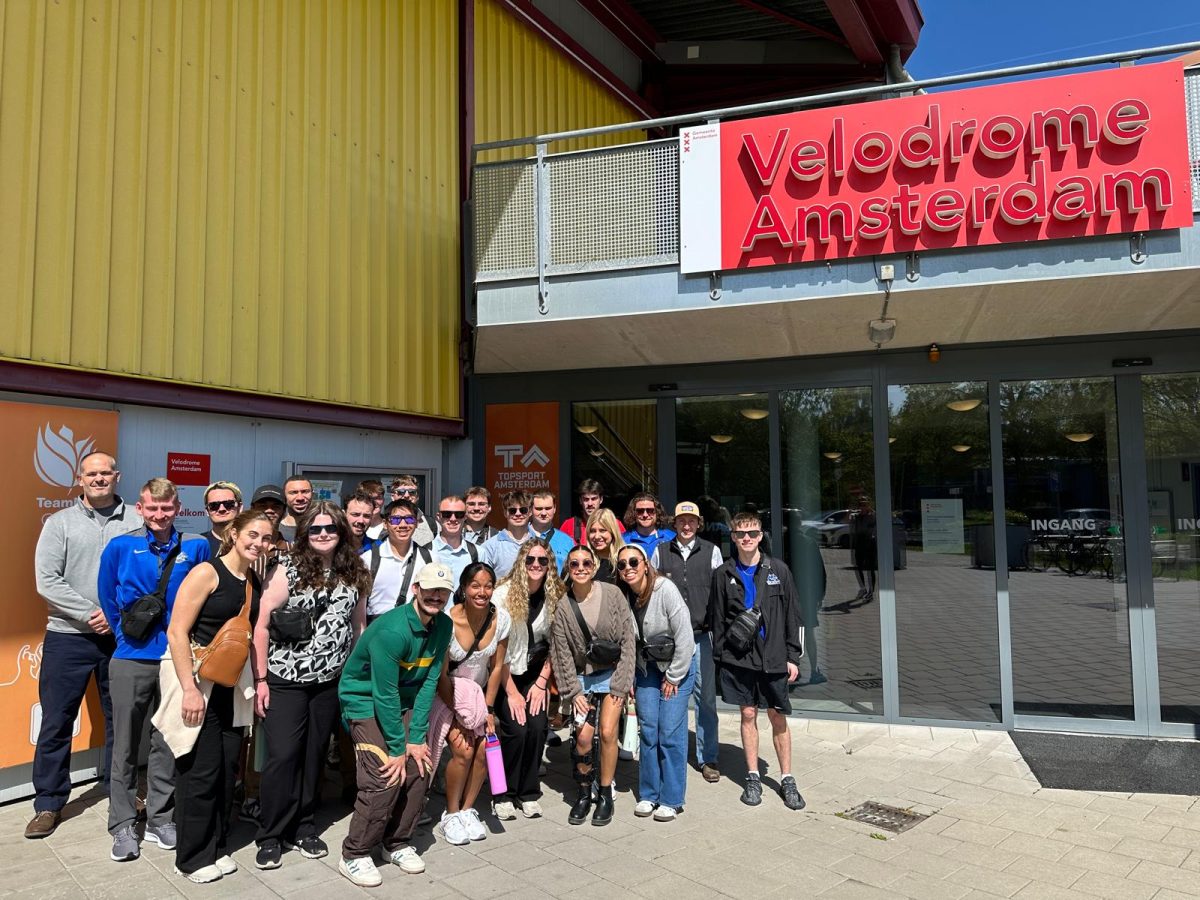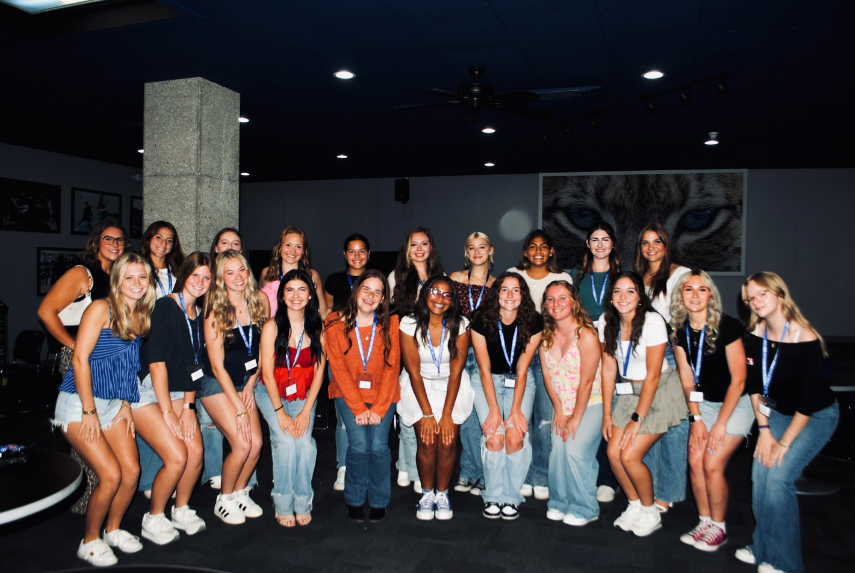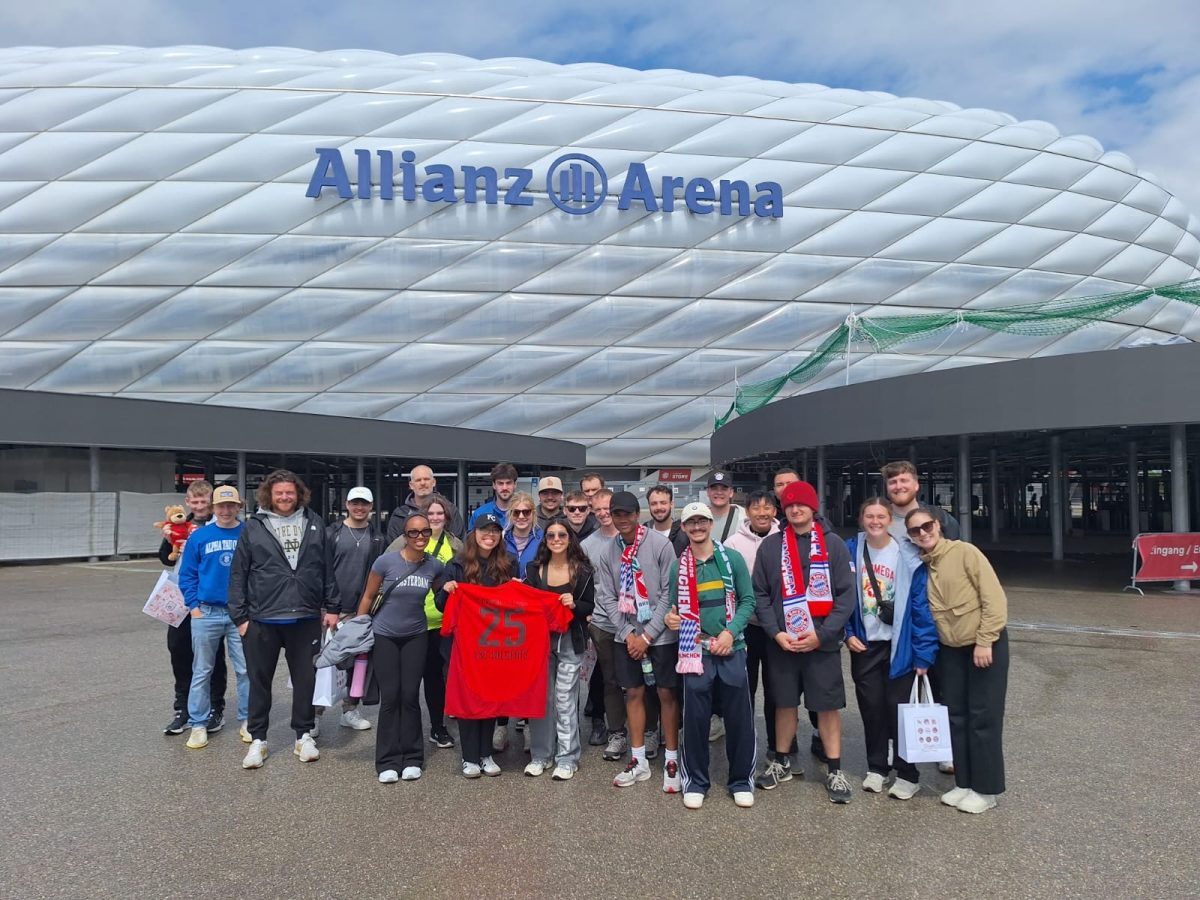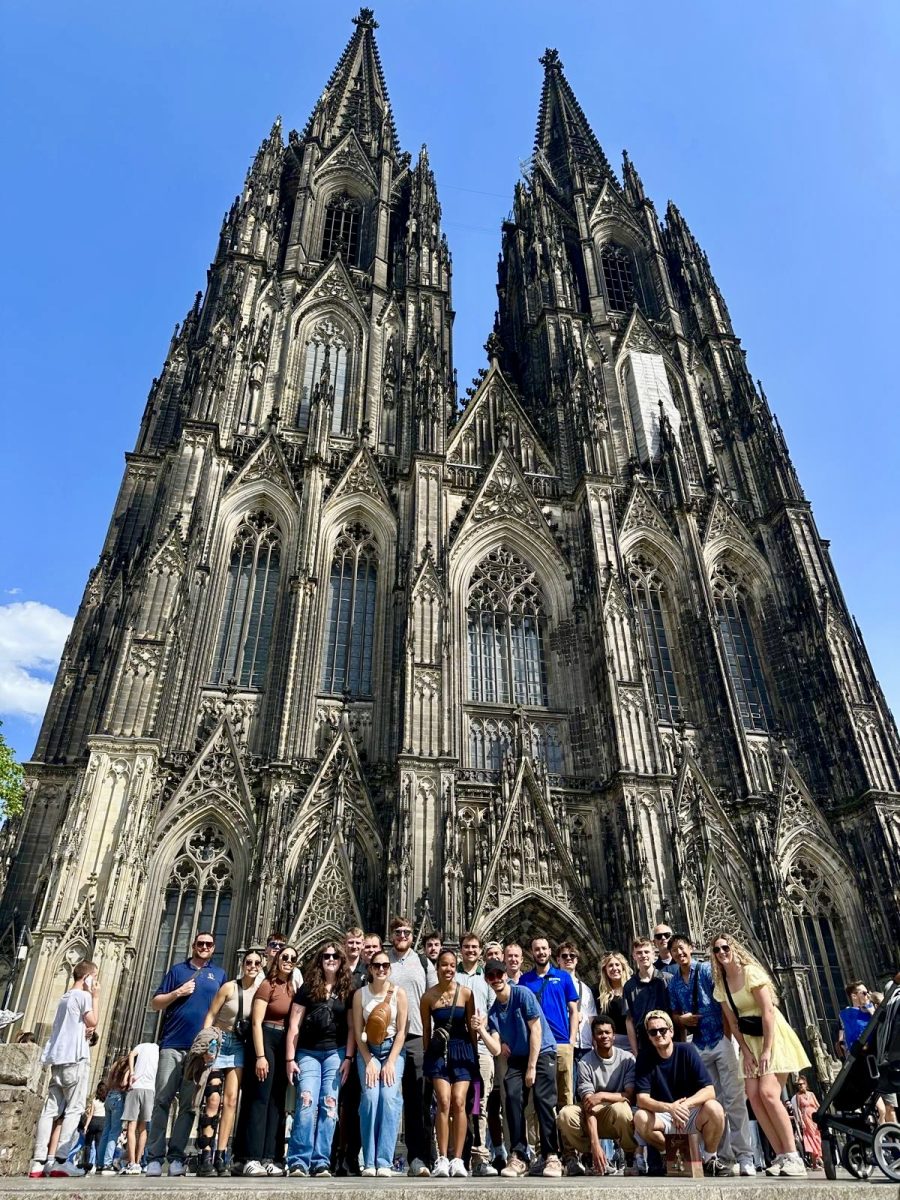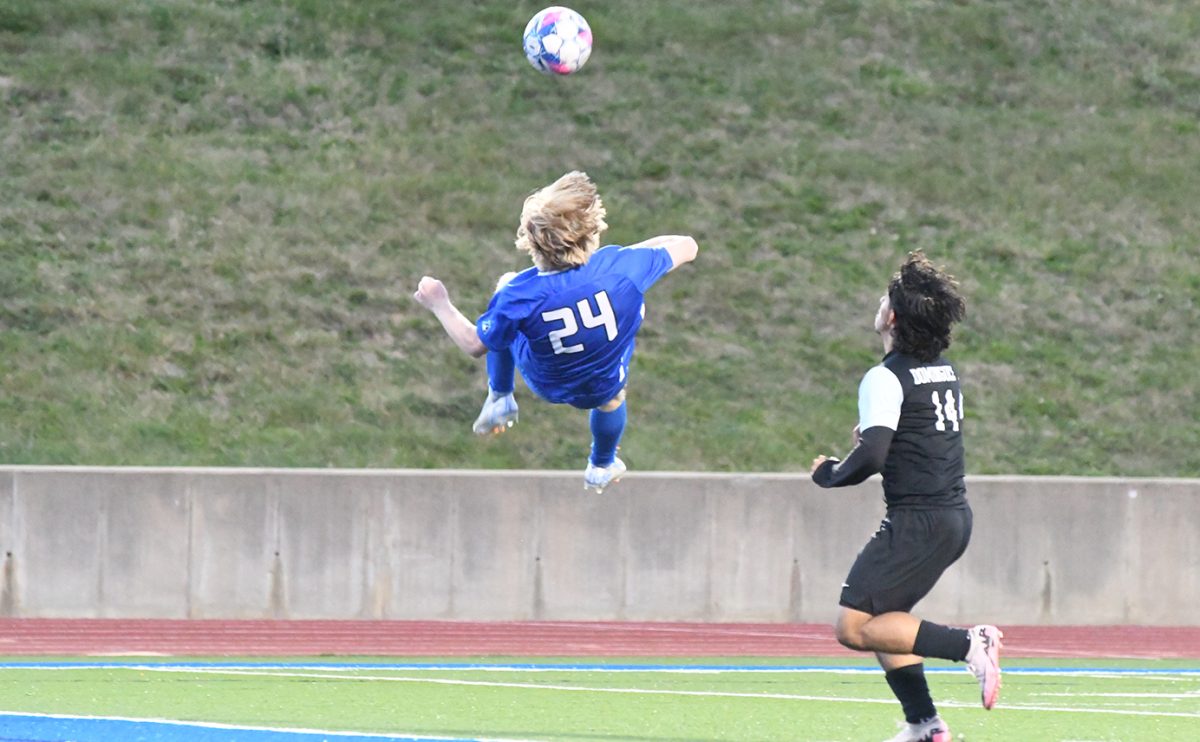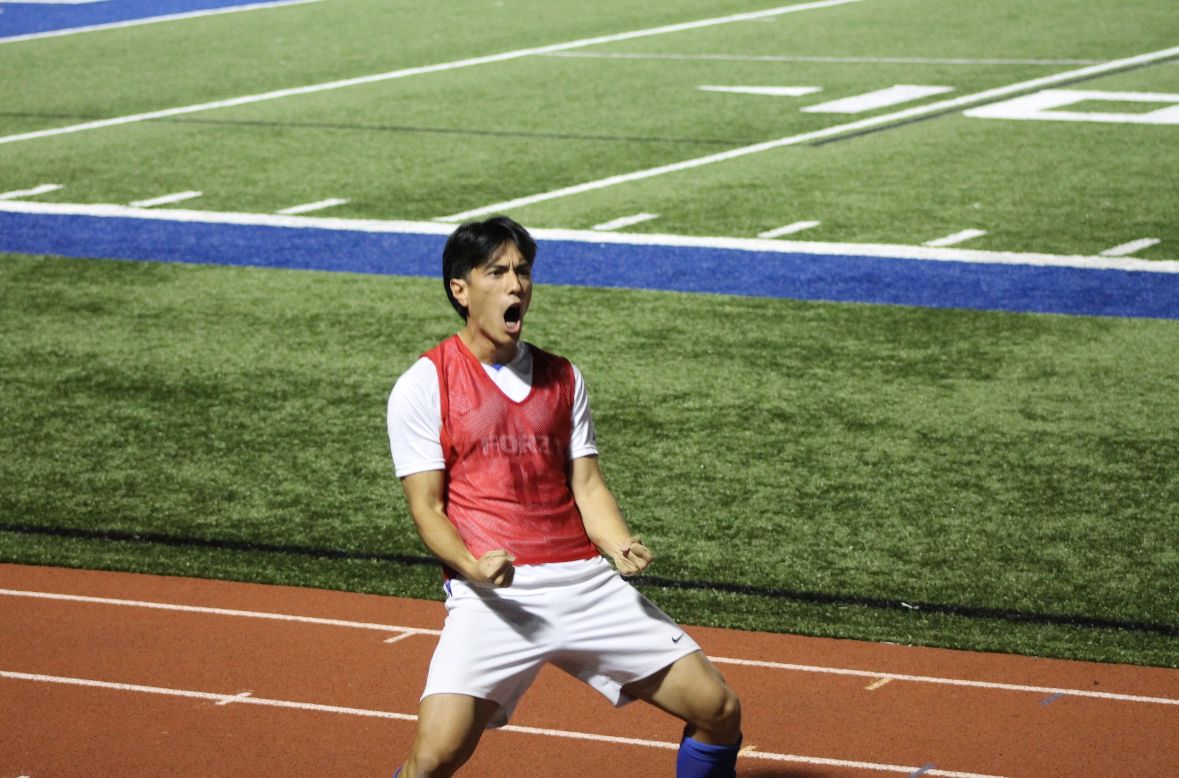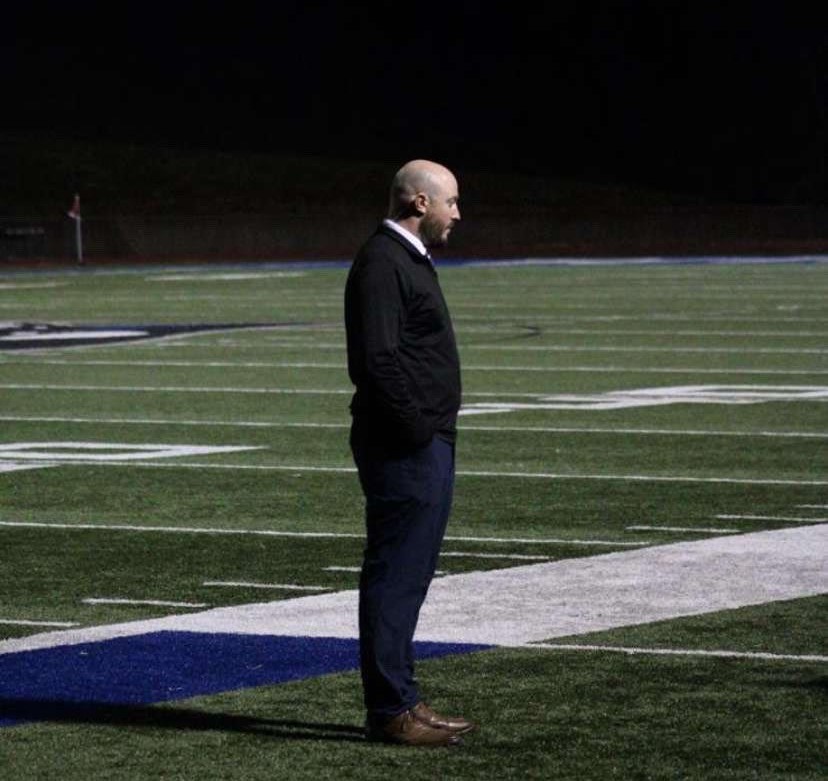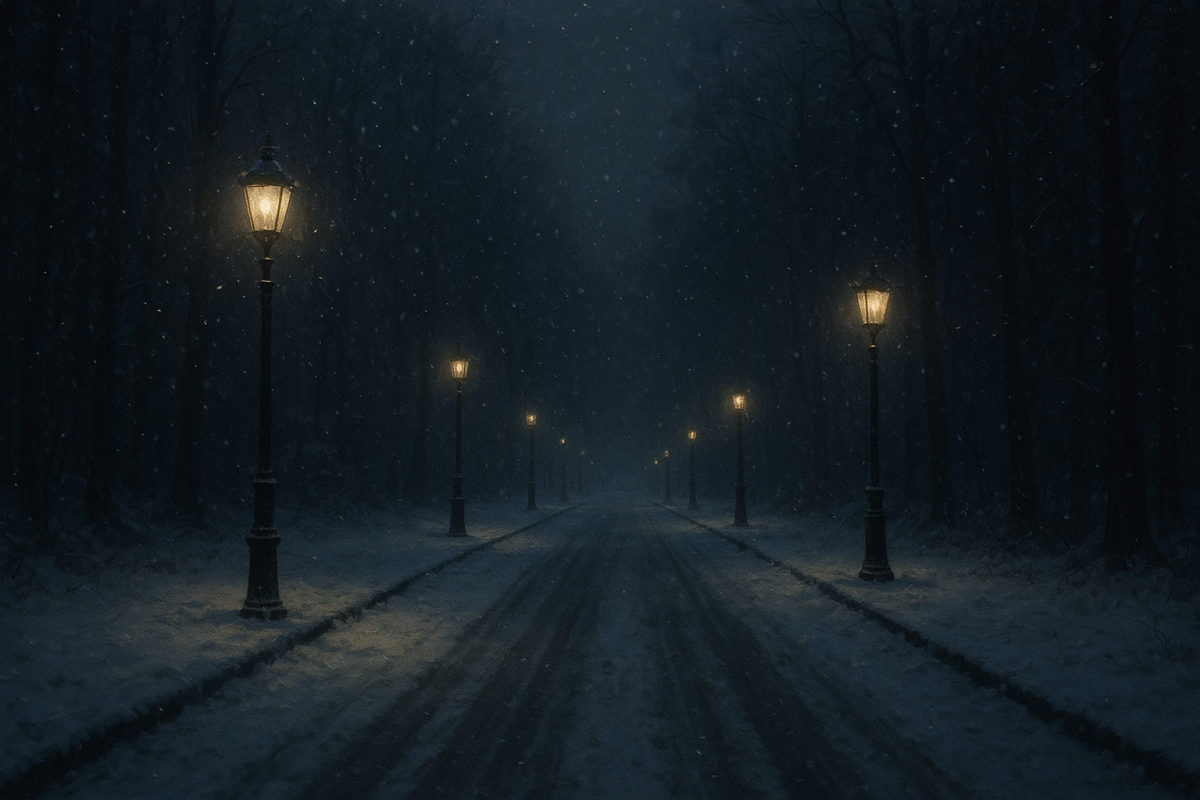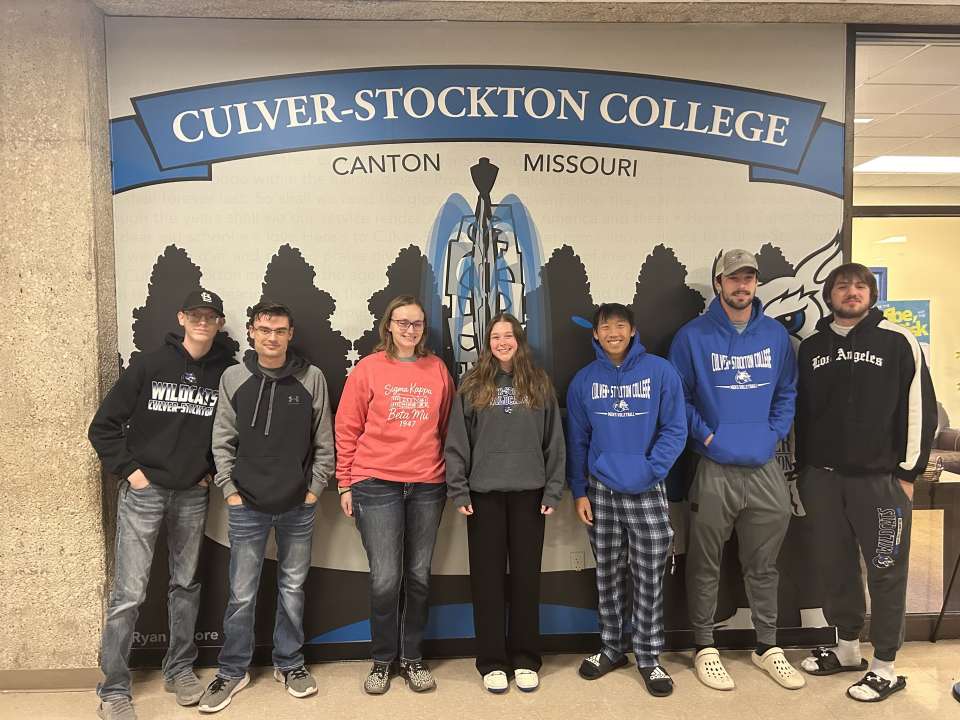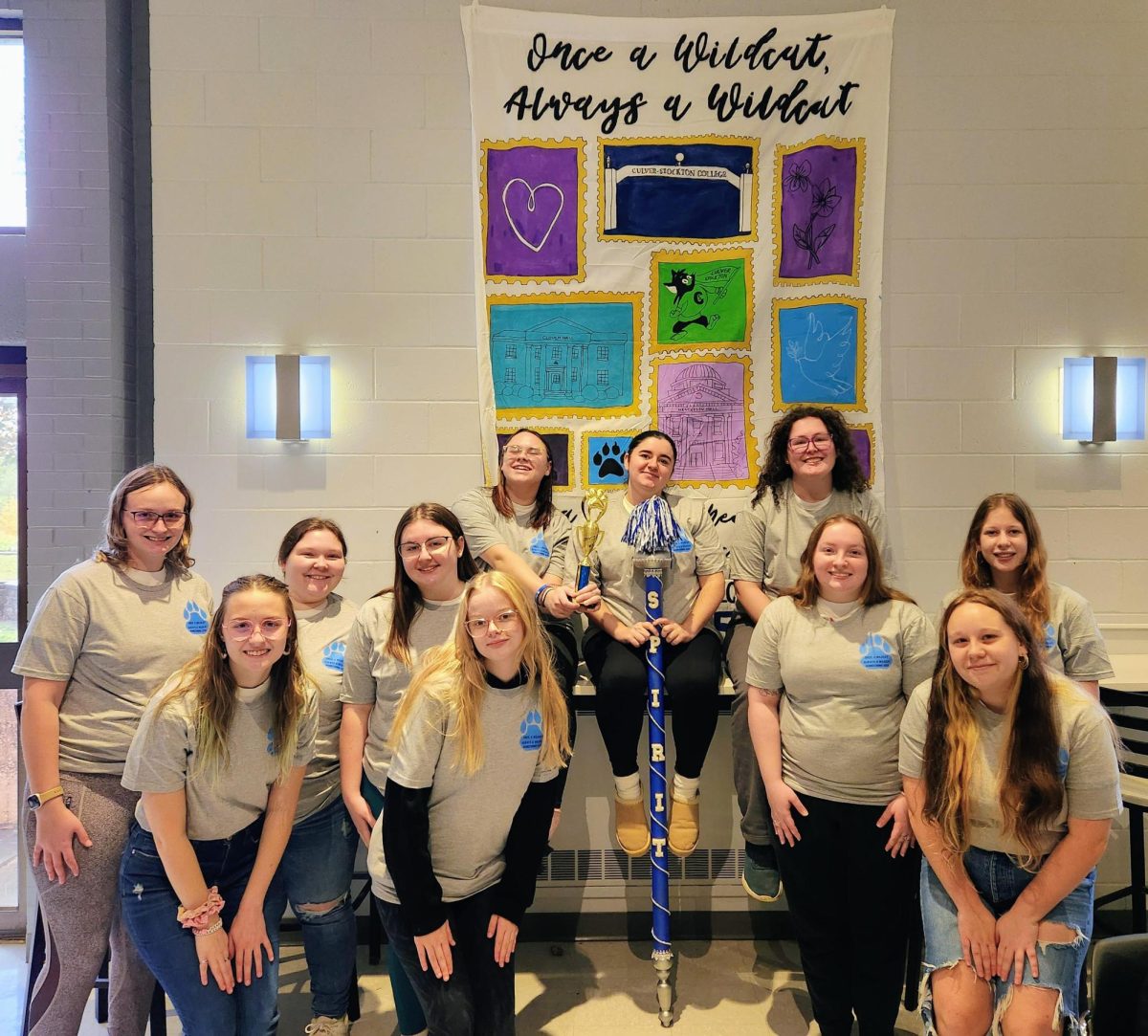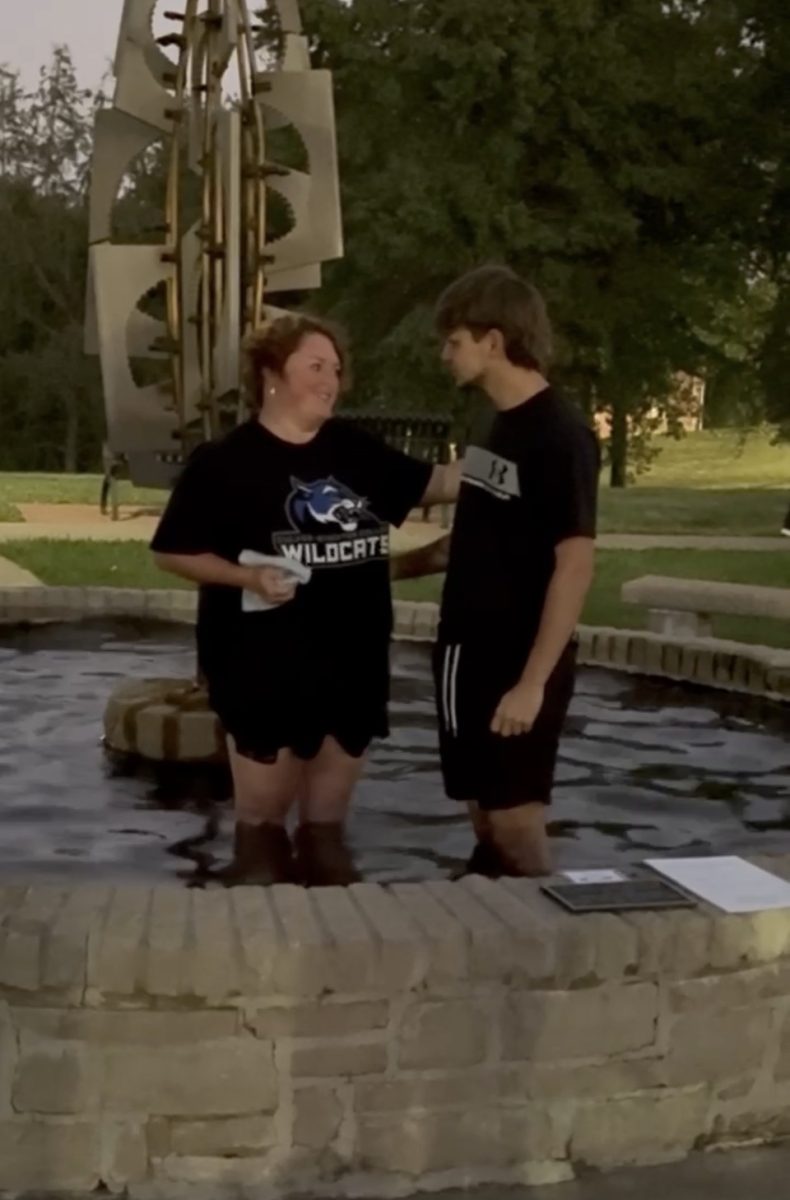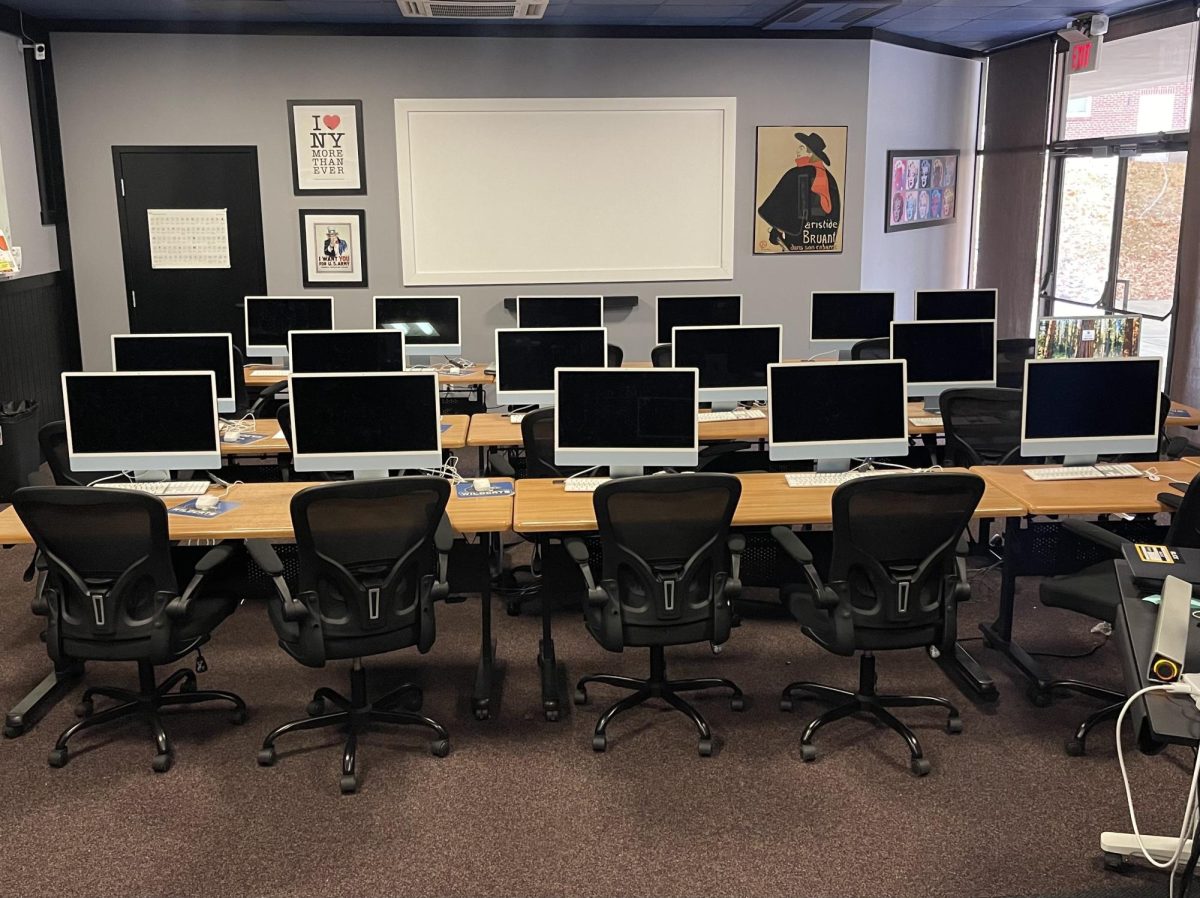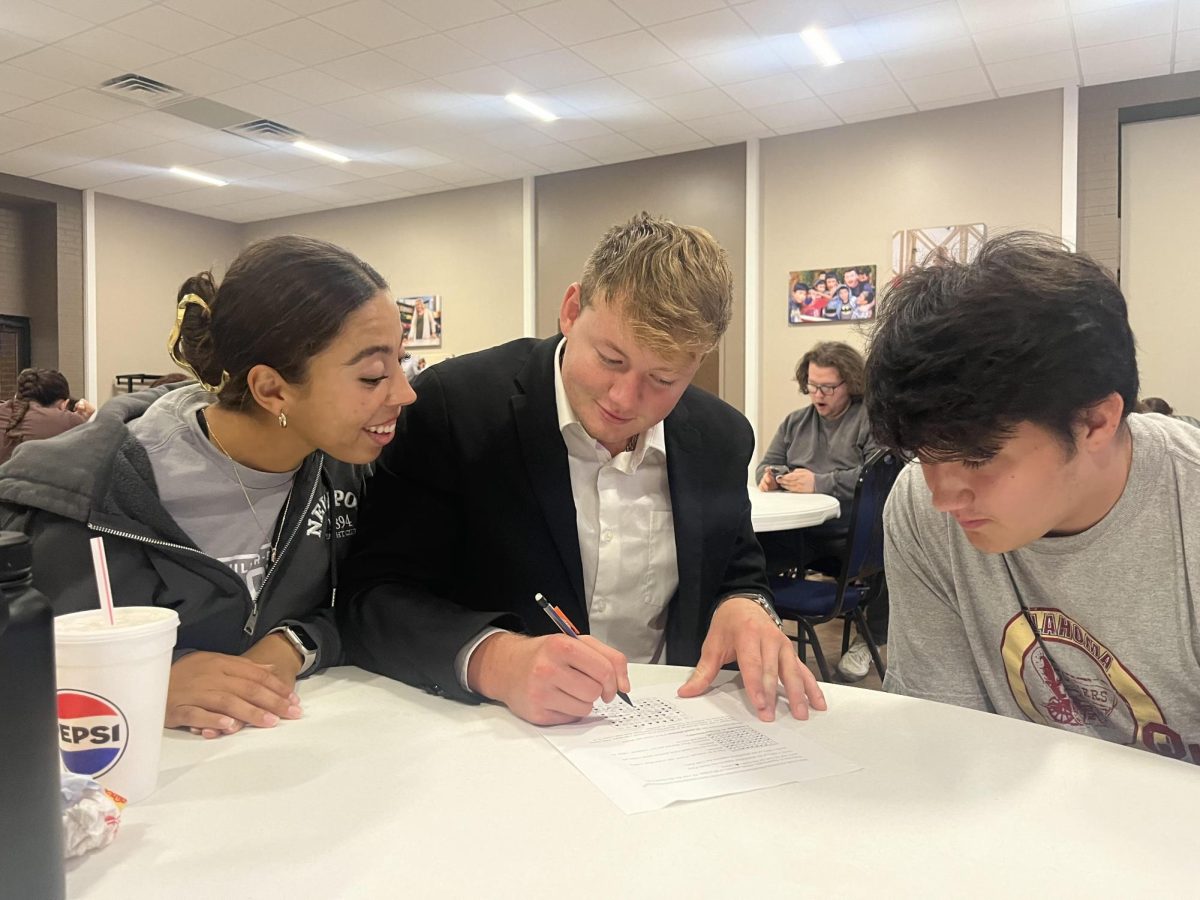Culver-Stockton College hosted a twelve-day travel study trip to Amsterdam, Cologne, and Munich during Spring ‘25.
After a total of 10 hours in the air departing from St. Louis, our group touched down in Amsterdam full of anticipation. Without wasting a moment, we dropped our bags at the motel and headed straight to the city center. We were instantly met with a sea of tourists and locals, but what truly caught our attention was the architecture. From leaning buildings to abstract modern designs, Amsterdam’s buildings looked like scenes from a storybook.
The city’s structure began to make even more sense during our guided canal tour, where we learned that Amsterdam is a man made city, built on artificial islands and developed into a major global trading hub during its golden age. This historical insight gave us a deeper appreciation of its layout and resilience.
Following the canal tour, we had our first lunch break our first opportunity to explore the city independently. As we wandered the streets, we encountered an incredibly diverse community. Within just a few blocks, we saw restaurants offering cuisine from around the globe Turkish, Indonesian, Indian, Italian, and more. Despite noticing how expensive the city center can be, many of us still decided to indulge in something new and delicious.
After lunch, we regrouped for a guided walking tour, where we learned more about the city’s development from the 1800s to modern times. The experience painted a picture of Amsterdam not only as a historical gem but also as a city constantly adapting and growing.
One of the day’s highlights was our visit to ESPN Netherlands Headquarters. Despite being a relatively small office, the team there showed us how they manage to produce high-quality soccer (football) content for the entire country. We toured different sets and got a behind-the-scenes look at the technology and camera operations that bring live sports coverage to Dutch viewers.
After returning to our hostel, we finally had a chance to shower, change, and grab a quick dinner. Exhausted from the day’s activities, many of us opted for a simple meal nearby before resting up for the next day.
Our second day in Amsterdam was rich in historical reflection. We visited the Anne Frank House and stood in the very annex where Anne and her family hid during World War II. The experience was sobering, emotional, and vital to understanding the human side of history.
Later, we ventured into the Dutch countryside to see traditional windmills. We learned how these engineering marvels played a significant role in boat construction and the expansion of trade routes.
Perhaps the most breathtaking part of our visit came at Keukenhof Gardens, the Netherlands’ most famous flower garden. Open only from mid-March to mid-May, this 79-acre park dazzles with over 7 million blooming tulips, daffodils, and hyacinths. The explosion of color and natural beauty was unforgettable.
We concluded the third day with a group dinner at the Grand Café Restaurant, reflecting on everything we’d experienced. On our way to Cologne the following day, we toured Papendal, the Netherlands’ Olympic training facility. The facility was impressive—not only in terms of design but in the way it demonstrated the country’s commitment to nurturing Olympic athletes and maximizing their potential.
From its man-made foundations to its global cultural offerings, Amsterdam offered our group a deep dive into history, innovation, and community. Every stop brought a new perspective and appreciation for the city’s enduring charm and forward-thinking spirit.

